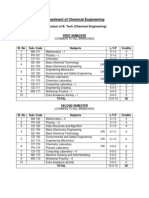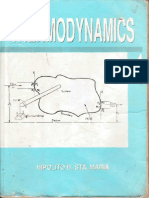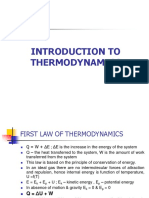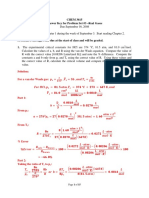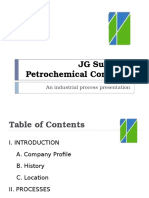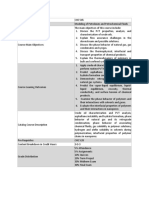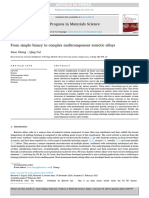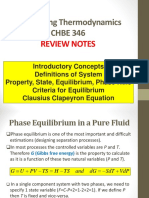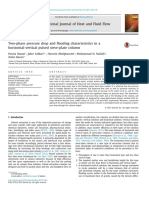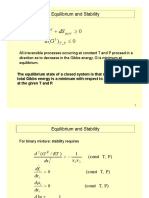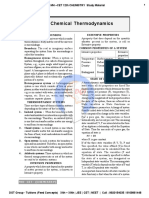0% found this document useful (1 vote)
489 views10 pagesEnthalpy and Thermochemical Equations
1. Enthalpy is a type of chemical energy that is related to the heat flow of a chemical reaction.
2. For a reaction at constant pressure, the heat flow is equal to the difference in enthalpy between products and reactants.
3. Exothermic reactions have negative ΔH values and release heat, while endothermic reactions have positive ΔH values and absorb heat from surroundings.
Uploaded by
Cherry EmbateCopyright
© © All Rights Reserved
We take content rights seriously. If you suspect this is your content, claim it here.
Available Formats
Download as PDF, TXT or read online on Scribd
0% found this document useful (1 vote)
489 views10 pagesEnthalpy and Thermochemical Equations
1. Enthalpy is a type of chemical energy that is related to the heat flow of a chemical reaction.
2. For a reaction at constant pressure, the heat flow is equal to the difference in enthalpy between products and reactants.
3. Exothermic reactions have negative ΔH values and release heat, while endothermic reactions have positive ΔH values and absorb heat from surroundings.
Uploaded by
Cherry EmbateCopyright
© © All Rights Reserved
We take content rights seriously. If you suspect this is your content, claim it here.
Available Formats
Download as PDF, TXT or read online on Scribd
/ 10














